The month of Oppenheimer and Chandrayaan brings the birth centenary of Dr Homi N Sethna, scientist extraordinaire who put India’s peaceful atomic energy on the world map 50 years ago
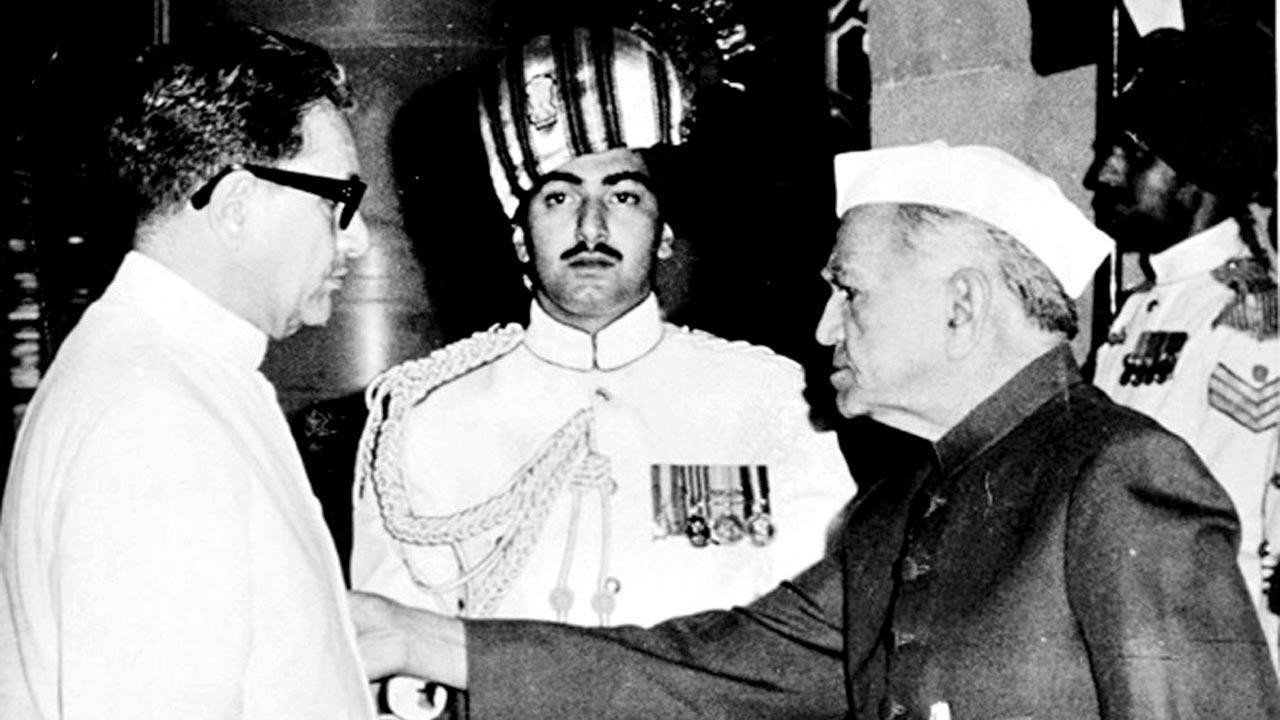
President Fakhruddin Ali Ahmed decorating Sethna with the Padma Vibhushan, 1975
 Was it a sign of things to come? A mother’s innocent mistake established something significant in the 1920s. Unable to read Roman numerals, Mehera Sethna dropped off her little boy to the Std III classroom, instead of Std I where he should have started in St Xavier’s High School at Fort.
Was it a sign of things to come? A mother’s innocent mistake established something significant in the 1920s. Unable to read Roman numerals, Mehera Sethna dropped off her little boy to the Std III classroom, instead of Std I where he should have started in St Xavier’s High School at Fort.
ADVERTISEMENT
Unfazed by the inadvertent triple promotion, young Homi showed clearly shining academic aptitude. A few decades on, proving the dedicated genius behind India’s premier peaceful nuclear test in Pokhran, Rajasthan (dubbed Operation Smiling Buddha because it was Buddha Purnima that May 18, 1974), during his tenure as Chairman of the Atomic Energy Commission (AEC) from 1972 to 1983.
The chemical engineer spearheading India’s nuclear programme after the country lost stalwart physicists, Dr Homi J Bhabha and Dr Vikram Sarabhai, was born on August 24, 1923, to Mehera and solicitor Nusserwanji Sethna. Exceptionally bright, Homi quickly grasped computational math from a “Mehtaji”, accountant, continuing to count in Gujarati lifelong. He happily accepted his father’s challenge of being rewarded four annas for every book read thoroughly enough to summarise, Dickens’ Nicholas Nickleby among them. Experimenting with a chemistry set gifted by Nusserwanji, he concocted cosmetics like lipstick, nail polish and vanishing cream for the family and friends.
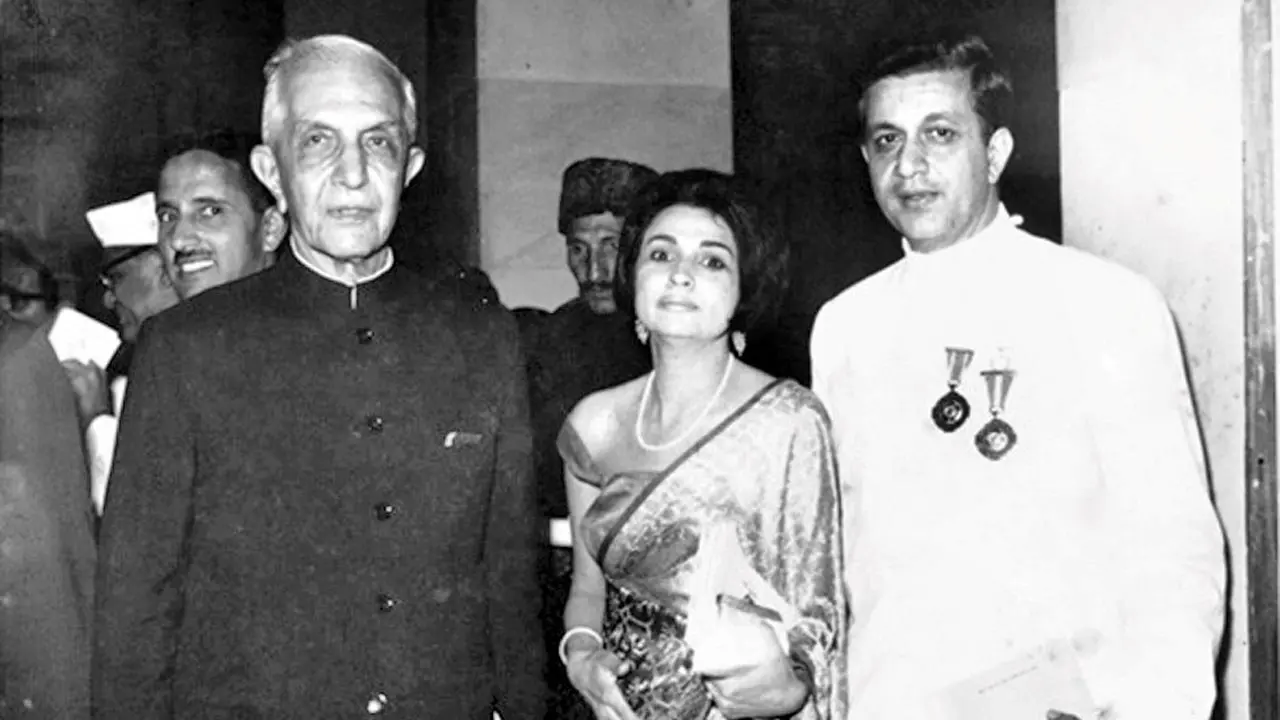 Dr Homi Sethna (right) with father Nusserwanji and wife Dr Gooloo Sethna, at his Padma Bhushan award function, Rashtrapati Bhavan, 1966
Dr Homi Sethna (right) with father Nusserwanji and wife Dr Gooloo Sethna, at his Padma Bhushan award function, Rashtrapati Bhavan, 1966
The phenomenal facility with mental math floored colleagues at University of Michigan - Ann Arbor, where Sethna acquired an MS in chemical engineering in 1946, after the BSc (Tech) degree from the University Department of Chemical Technology, Bombay. “He topped his class. John McKetta at Michigan and his adviser, Donald L Katz, were huge admirers of dad,” says Sethna’s son Rustam, a PhD Chemical Engineer in New Jersey, currently a conceptual engineering associate at Air Products. “Prof McKetta told me the department knew he was destined for a stellar future.”
Sethna joined Imperial Chemical Industries and then the DAE (Department of Atomic Energy) in 1949, following a fateful encounter with Homi Bhabha at the Willingdon Club swimming pool. The two men heatedly debated the large-scale production of absolute alcohol, specifically, the distillation process achieving 100 per cent purity. Bhabha insisted the mixture Sethna suggested did not exist. Sethna settled the argument with an explanation in a book he presented Bhabha.
Impressed, Bhabha was keen to have such a bright protege at DAE. Sethna became one of the first recruits of Indian Rare Earths (IRE), supported by the Nehru government. Freshly married to Dr Gooloo Cooper, daughter of surgeon RN Cooper, he travelled to work from Kochi to Alwaye (Aluva) where the IRE plant was coming up. Sethna made 23 trips to Bombay for the construction of TIFR (Tata Institute of Fundamental Research) which Bhabha simultaneously assigned him.
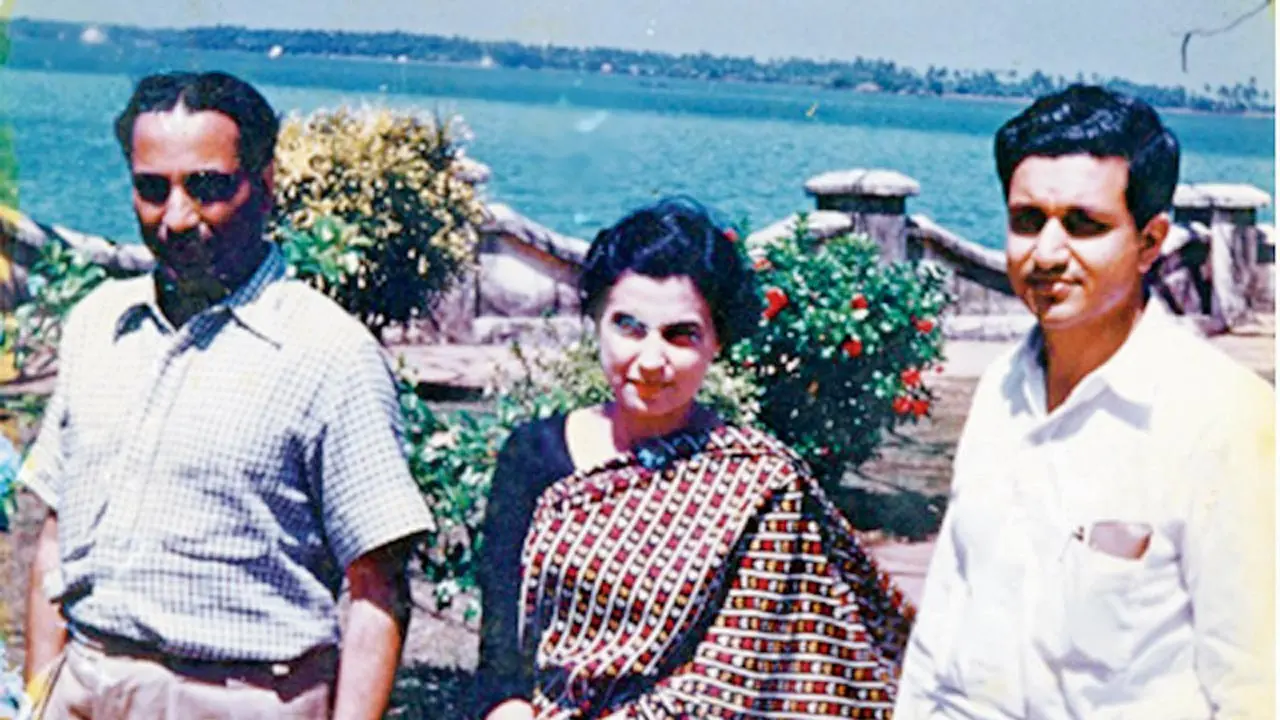
The Sethnas with Dr Homi Bhabha at Malabar Hotel in Kochi, 1951
Consequent to IRE and a thorium plant, Sethna built the uranium metal plant at Trombay in 1959. The sophisticated research reactor Dhruva was conceived during
his 1966-1972 tenure as Director of the Bhabha Atomic Research Centre (BARC).
Atomic Energy in India: 50 Years, authored by CV Sundaram, LV Krishnan and TS Iyengar, places the 1964 plutonium plant in Trombay in perspective: “Known as Project Phoenix, one of the most important landmarks in the Indian programme, it was entirely designed and built by Indian engineers under the leadership of HN Sethna and N Srinivasan. With this, India became one among five countries in the world [with the US, UK, France and former Soviet Union] with demonstrated capabilities in the advanced technology of nuclear fuel reprocessing.”
Also read: As lawyers we must stand up against injustice: CJI
Not a soul, Sethna’s family included, had a clue about the historic Pokhran test till it became public in 1974. That May morning, his wife Gooloo received an odd call from the Chief of Army Staff, cryptically assuring her “everything had gone well”, revealing no details. The same strange message came again from the Principal Secretary to Prime Minister Indira Gandhi. Eventually, Sethna phoned, sharing the momentous news just as media began breaking it, relaying BARC Director, Dr Raja Ramanna’s famous line announcing the mission’s success to Gandhi—“The Buddha has smiled.”
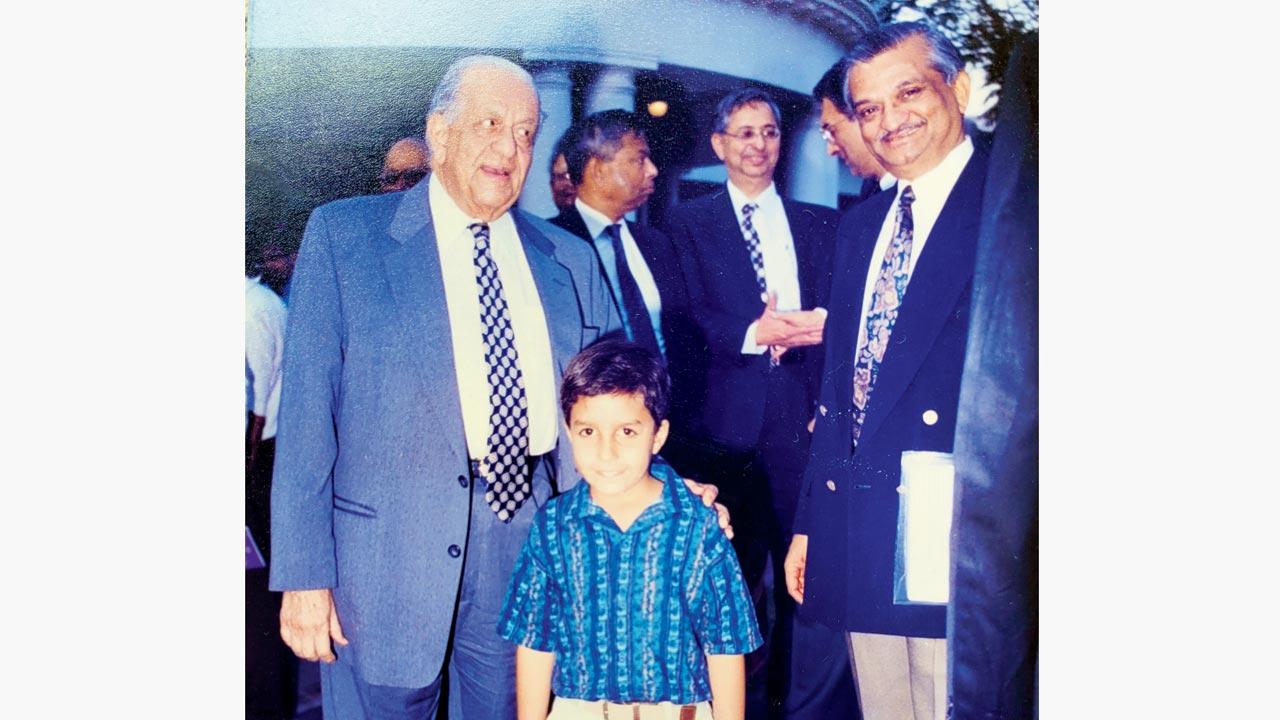 With young Hormuz at an official function in Raj Bhavan; on right is former AEC Chairman, Anil Kakodkar
With young Hormuz at an official function in Raj Bhavan; on right is former AEC Chairman, Anil Kakodkar
Admiring Sethna’s handling of the post-Pokhran situation, former AEC Chairman, Anil Kakodkar, has commended his outspoken, no-nonsense advice while battling several DAE crises. When America stopped supplying enriched uranium to the Tarapur reactors, Sethna boldly prepared for alternative fuel supplies. “The French stepped in to give us uranium. If that hadn’t happened, Sethna was getting ready with his MOX [mixed oxide from reprocessed plutonium and uranium] programme to run reactors on. We got the supply from France and also developed the MOX.” Another AEC Chairman, Srikumar Banerjee, reiterated, “In those formative years for the establishment, Dr Sethna’s outstanding contribution to reprocessing of spent fuel used for Pokhran I cannot be forgotten.”
Sethna’s staunch nationalism was evident throughout his luminous life. He did not mince words, allowing for clean communication of all intent and objectives, without sugar-coating or tiptoeing around issues. Criticism from powers attempting to squash India’s sovereignty in the field was never a concern. He consistently encouraged bypassing foreign sanctions or breaches of contract for fuel by backing the ingenuity of indigenous technology. With assured nuclear self-reliance India could outplay its detractors.
“God knows, the pressures he was under; I marvel that my dad never lost his temper. He willed his mind to go blank for a minute before resuming the taxing routine,” says Meher Dadabhoy, who designs programmes for Deaf people fluent in Indian Sign Language (ISL) to teach in schools for the Deaf and trains hearing people to become ISL interpreters.
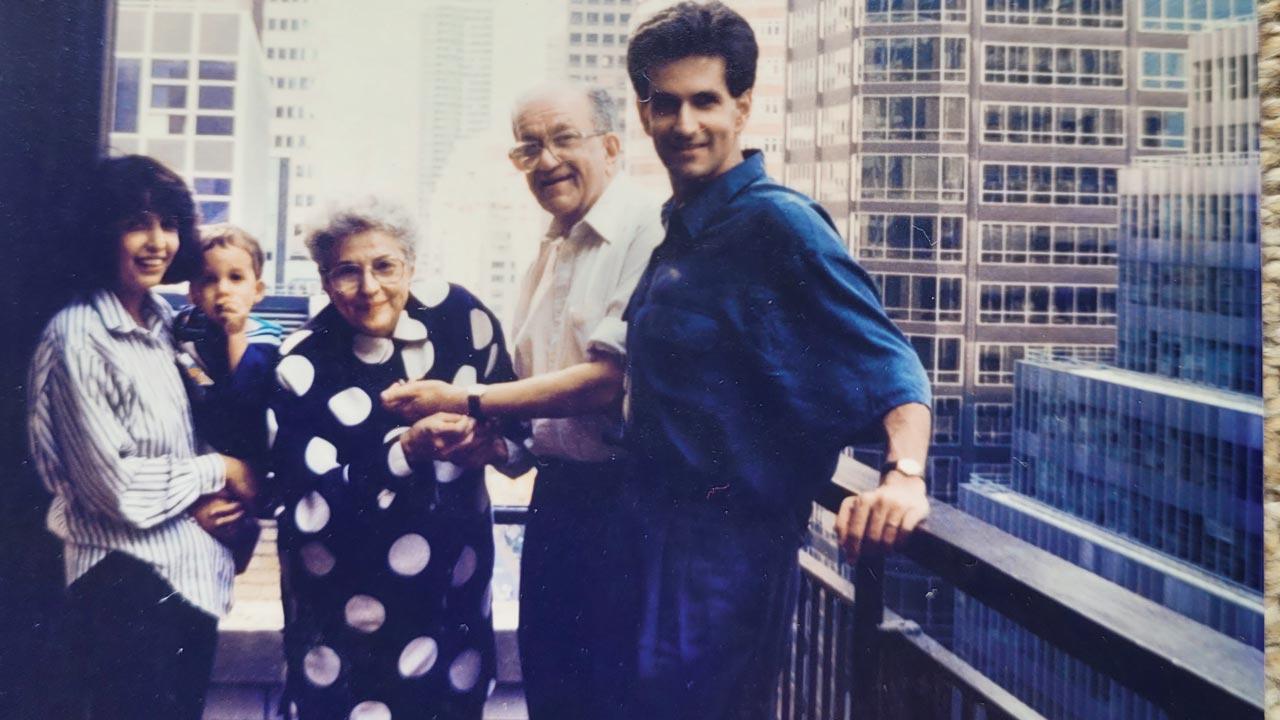 Family portrait in New York, 1993: daughter Meher Dadabhoy with son Hormuz, the Sethnas and their son Rustam.Pics Co urtesy Meher Sethna Dadabhoy
Family portrait in New York, 1993: daughter Meher Dadabhoy with son Hormuz, the Sethnas and their son Rustam.Pics Co urtesy Meher Sethna Dadabhoy
Immersed in thought, designing vital projects like the plutonium plant or notations for Apsara, Asia’s first research reactor in 1956, on the Trombay campus, Sethna kept pen and paper at his bedside, to note ideas which might strike in the middle of the night.
Rustam says, “He urged us to read vehicle licence plate numbers to figure what each was divisible by. Everything was a puzzle to solve. Keeping his mind sharp and prepared was an obsession.”
Meher recollects Sethna’s dazed expression on hearing from his secretary that Bhabha’s airplane crashed that January 1966 day over Mont Blanc, en route the International Atomic Energy Conference in Vienna.
“The family was watching The Sound of Music at the Regal,” adds Rustam. “It was shock and grief for dad, losing a great mentor and dear friend, and an immeasurable loss for India’s nuclear programme. We visited Dr Bhabha’s mother Meherbai to provide condolences and solace —in later years too, to the annoyance of her dachshund Bambi who felt he was the protector of the household.
“Dad so creditably carried on Dr Bhabha’s legacy. A multifaceted man with amazing talent, he was always modest and honest. An opera lover, Verdi’s La Traviata and Puccini’s Rigoletto were his favourites. I once took him to dinner at Asti’s, an Italian restaurant in Greenwich Village. Some waiters were professional opera singers performing for guests. Though surprised, dad participated with enthusiasm.
“Asked about his life’s memorable events, he didn’t cite all the considerable achievements, passionate as he was about India’s energy security. He said: ‘The day I met my wife, the day I married her, the day Nosh [elder brother Noshirwan, who was a geologist] was born, the day I was born, the day Meher was born.’ He was that selfless and caring a family man.”
In 2005, India became the sole non-NPT (non-proliferation of nuclear weapons) nation signing a civilian nuclear deal with the US. Deeply influenced by his grandfather, Hormuz Dadabhoy describes this defining episode: “Growing up with the belief that my grandpa was remarkably unlike any other, I have a vivid memory from 2005 when the 123 Nuclear Deal was being hashed out between the US and India. Grandpa got the call to head to Delhi to meet PM Manmohan Singh. He swung by our Worli home to bid farewell. I remember that conversation with granny, grandpa, mum and dad, huddled discussing the substantial shifts we were witnessing. These were a result of the unwavering integrity behind our atomic energy advancements, enabling such groundbreaking agreements. He brought back for me seemingly ordinary HB pencils, but with a story. One hailed from the Prime Minister’s Office. The other was a keepsake from the Cabinet. I still possess these pencils, tangible reminders of his journey. His presents were simple yet steeped in meaning. Like soap he’d come up with a formula for.
“He taught me maths and chemistry, but even more fun were hours chatting about history, politics, the future trajectory of India and the wider world. A true chemist at heart, he took it upon himself to keep my school uniforms pristine white—no small feat in Bombay. Every evening, like clockwork, he and granny graced us with their presence.
“Grandpa wasn’t just a force of brilliance. His fantastic sense of humour delivered jokes with trademark dry wit. Vacations to hydro power plants nestled within the western ghats were transformative learning experiences, with him unravelling intricacies of turbines, water flows and complex inner workings of power companies. A cherished trip in 2007 to Kerala was a pilgrimage of sorts, returning to the spot where granny and grandpa embarked on their life journey, marking the inception of grandpa’s role in founding Indian Rare Earths. Walking those paths where they had stood as newlyweds, witnessing the dawn of his career and India’s scientific progress… indelible memories encapsulating the essence of our relationship.”
When Sethna died of a stroke on September 5, 2010, he was not mourned only by the scientific world, heads of state and industrial tycoons on whose corporate boards he served in retirement. In Megholi village of Kolhapur, the one-time major domo of the Sethnas’ home staff, Tukaram Kotkar, celebrates his beloved employer’s every birthday. He says, “How humble he was for someone so clever. And principled, khoop saral swabhaava che manoos. He respected me like family, aamhi naukar navhte. This year I’m holding the biggest programme to honour him, educating local school children about the legend my Saheb was.”
Author-publisher Meher Marfatia writes fortnightly on everything that makes her love Mumbai and adore Bombay. You can reach her at meher.marfatia@mid-day.com/www.meher marfatia.com
 Subscribe today by clicking the link and stay updated with the latest news!" Click here!
Subscribe today by clicking the link and stay updated with the latest news!" Click here!







